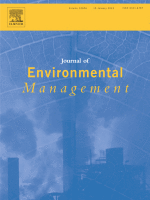While advances in evaluation methodologies may ease quantification challenges, a departure from traditional cost-benefit analyses may be needed for a more comprehensive assessment of secondary benefits of urban flood protection. This review examines these secondary benefits, analyzes their inclusion in cost-benefit analyses for flood protection projects, and discusses methodological concerns. A deeper understanding and quantification of these secondary benefits could attract additional financing for flood protection infrastructure, particularly in urban centers of developing countries. The study was funded by the City Resilience Program (CRP), a partnership between the World Bank and the Global Facility for Disaster Reduction and Recovery (GFDRR).

